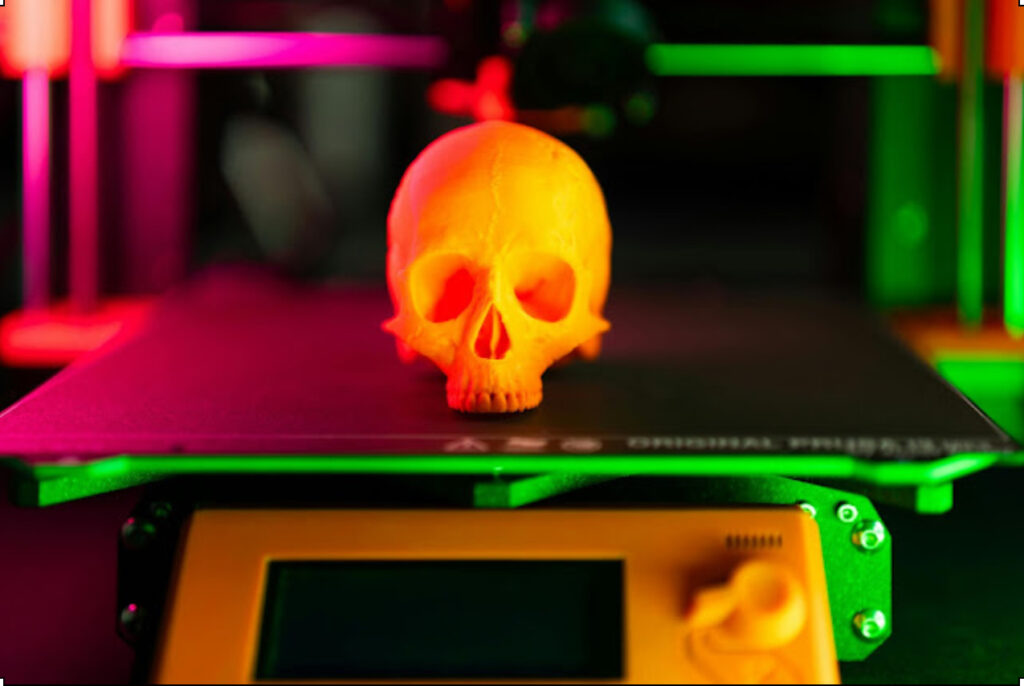How to Install an NVMe SSD in Your PC — Complete Step-by-Step Guide
Learning how to install an NVMe SSD in your PC is one of the best ways to boost performance. Whether for gaming, studying, or working, this upgrade delivers faster speeds, shorter load times, and better energy efficiency. In this complete guide, we’ll walk you through the process so you can do it safely and easily.
If you’re still building your setup from scratch, be sure to check out our article How to Build a Budget Gaming PC: Complete Guide for 2025 for everything from parts selection to assembly.
What is an NVMe SSD?
Before you install an NVMe SSD, it’s helpful to understand what it is. NVMe (Non-Volatile Memory Express) is a protocol that enables SSDs to operate much faster than traditional SATA drives by using the PCIe lanes on your motherboard.
This means that when you install an NVMe SSD, you’ll get drastically faster read and write speeds — ideal for system boot-up, game loading, and large file transfers.
Advantages of Installing an NVMe SSD
Choosing to install an NVMe SSD in your computer brings multiple advantages over traditional storage:
- System boots in seconds
- Instant application and game loading
- Up to 6x faster file transfer than SATA SSDs
- Lower power consumption and heat generation
These benefits are especially noticeable in tasks like video editing, coding, and high-performance gaming.
Check Your Motherboard Compatibility
Before you install an NVMe SSD, make sure your motherboard has an M.2 slot that supports PCIe NVMe. Not all M.2 slots support NVMe — some only accept SATA drives, which limits performance.
Refer to your motherboard manual or search the model online. Most modern boards offer more than one M.2 slot, which also makes future upgrades easier.
What You’ll Need to Install
To install an NVMe SSD, gather the following items:
- NVMe SSD (e.g., Samsung 980, WD Black SN770)
- M.2 mounting screw (usually included with the motherboard)
- Small Phillips screwdriver
- Motherboard manual (optional but helpful)
Have everything ready before you begin to ensure a smooth installation process.
Step-by-Step: How to Install an NVMe SSD
Let’s get into the practical steps to install an NVMe SSD in your PC:
- Shut down the PC and unplug it from power.
- Open the case by removing the screws on the side panel.
- Locate the M.2 slot on the motherboard (usually near the PCIe slots).
- Insert the NVMe SSD at a 30° angle until it slides into place.
- Screw down the SSD to the standoff to secure it.
- Close the case and reconnect the power cable.
Done! You’ve just installed an NVMe SSD successfully. Now it’s time to set it up in your system.
Post-Installation Configuration
After you install an NVMe SSD, you’ll need to make sure your system detects it properly:
- Enter the BIOS and confirm the SSD appears in the device list (Some machines have a “locked” BIOS, which requires research to find out how to access it).
- If installing a fresh OS, boot from your installation USB drive.
- If it’s a secondary drive, go to “Disk Management” in Windows and initialize the new volume.
You can now format, label, and partition the SSD according to your preferences.
Tips for a Safe Installation
When you install an NVMe SSD, be mindful of a few precautions to avoid damaging your hardware:
- Discharge any static by touching metal before handling components.
- Don’t force the SSD into the slot — it should slide in easily.
- Use the correct mounting screw to avoid over-tightening or loose connections.
Following these tips ensures a safe and reliable installation.
Can I Use an NVMe SSD Alongside a SATA SSD?
Absolutely! After you install an NVMe SSD, you can still use your existing SSD or HDD for storage. This is great for keeping files, backups, or less demanding software.
It’s recommended to run your operating system and heavier programs on the NVMe, while using the other drives for supplementary data.
Is It Worth Installing an NVMe SSD in 2025?
With tech advancing and component prices falling, choosing to install an NVMe SSD in 2025 is one of the best upgrades you can make.
It significantly improves performance, and the installation process is straightforward — even for beginners building their first PC.
Frequently Asked Questions
- What’s the difference between NVMe and SATA SSDs?
NVMe uses PCIe lanes and is faster than SATA, which is limited by older architecture. - Can I install an NVMe SSD on any PC?
No. Your motherboard must have a compatible M.2 slot that supports NVMe. - Do I need to format the SSD after installing it?
Yes, if it’s a new or secondary drive, you’ll need to format and initialize it. - Can I use multiple SSDs at once?
Yes, if your motherboard has available slots, you can use multiple NVMe and SATA SSDs simultaneously.
Conclusion
Installing an NVMe SSD is a quick, simple upgrade that offers immediate performance benefits. With the right guidance, even beginners can complete the process safely and effectively.
If you want faster boot times, better responsiveness, and smoother gaming or working experiences, this is one of the smartest investments you can make. And don’t forget to read our companion article on how to build a budget gaming PC in 2025 for more tips on optimizing your setup.
💡 Keep Exploring:
👉 Check our Tech Coupons & Deals Page to save on NVMe SSDs, PC parts, and hardware upgrades. 🔥
👉 Read also: Samsung Galaxy S25 Edge: The World’s Thinnest Smartphone
👉 Discover: Xiaomi Dark Factory: How Robots Build Smartphones 24/7
👉 Download our free PDF: AI Automation Checklist for Your Routine
🚀 Don’t Miss Out!
Join our newsletter for exclusive tech insights, free PDFs, discounts, and the latest in PC hardware, AI, and future technologies. 💙






